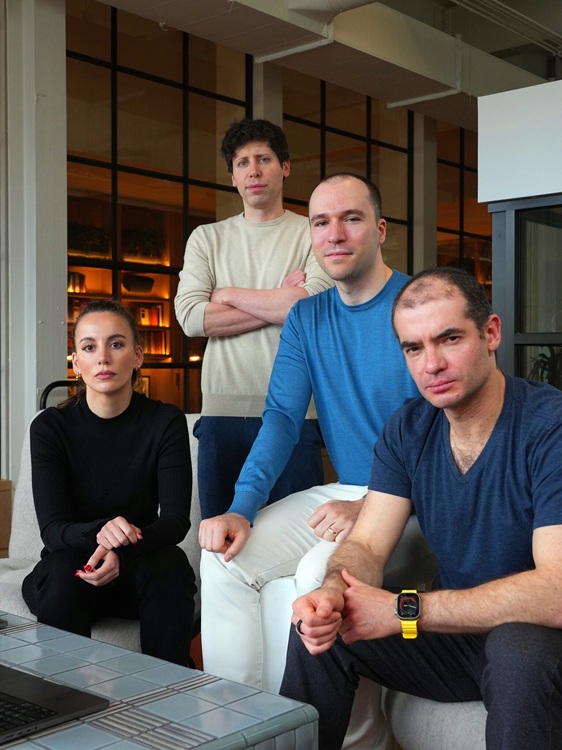On Wednesday, OpenAI CTO Mira Murati announced on X that she had decided to leave the company. The sudden resignation comes as OpenAI is reportedly restructuring its core business and transitioning from a nonprofit board to a for-profit corporation. Along with Murati, two other AI researchers, Bob McGrew and Barret Zoph, have tendered their resignations to the company.
Murati, who worked at OpenAI for more than six years, said: “After much thought, I have made the difficult decision to leave OpenAI… I want to create the time and space to do my exploration.“
What came as a surprise was that OpenAI CEO Sam Altman was unaware of Murati’s departure. In response to Murati’s departure, Altman wrote on X: When Mira informed me this morning that she was leaving, I was saddened but of course I support her decision.“
I just posted this note on openai:
Hello everyone-
Mira has been instrumental in the progress and growth of OpenAI over the past 6.5 years; she has been an incredibly important factor in our development from an unknown research lab to a significant company.
When Mira informed me this morning that…
— Sam Altman (@sama) September 26, 2024
Murati’s departure was so unexpected that Altman acknowledged in his memo to OpenAI employees: “I’m not saying that it’s natural for this to be so abrupt, but we’re not a normal company.… But what explains the wave of resignations from OpenAI in recent months? Let’s look at the timeline of the resignations.
OpenAI Executive Exodus
Since last year’s failed coup at OpenAI, in which the nonprofit’s board, led by Ilya Sutskever, attempted to oust Sam Altman, the company has seen a series of high-profile departures. First, OpenAI co-founder and former chief scientist Ilya Sutskever left the company in May 2024 to start his own company, Safe Superintelligence Inc.

Shortly after, Jan Leike, a superalignment researcher at OpenAI, resigned from the company, citing security concerns. In August 2024, Greg Brockman, OpenAI’s president and co-founder, announced he was going on an extended leave of absence through the end of this year. And John Schulman, a founding member, left OpenAI to join rival AI lab Anthropic.
In September, Mira Murati, considered CEO Sam Altman’s trusted confidante, abruptly left the company. With Murati’s departure, nearly all of OpenAI’s founding members left the company, leaving only Altman and Wojciech Zaremba in the trenches.
Is OpenAI’s Profit-Driven Ambition Creating Chaos?
As Mira Murati announced her departure, Reuters OpenAI is currently working on restructuring the company so that the nonprofit board will no longer have control over the for-profit company. The nonprofit board will exist, but it will hold a minority stake in the company, leaving governance of OpenAI to profit-driven investors. And with the new structure in place, CEO Sam Altman is set to receive $150 billion in equity.
As for the board members, OpenAI recently appointed Paul Nakasonethe former NSA chief who has raised eyebrows in the tech and privacy communities. The retired Army general has also been added to the OpenAI Safety and Security CommitteeGiven its background in cybersecurity and intelligence, some critics have expressed concern and said this signals a shift in OpenAI’s mission.
The governance of OpenAI is the central issue here. Everyone, including investors and governments, wants to have control over OpenAI because it is one of the leading AI labs developing powerful technologies that could impact humanity around the world. The fight for control of OpenAI is emblematic of the power struggle between commercial interests and ethical concerns.
With the proposed for-profit structure and the departure of nearly all of the founding members, OpenAI’s governance and mission are at stake. Will it serve humanity or will it favor commercial interests in the future? Only time will tell.








